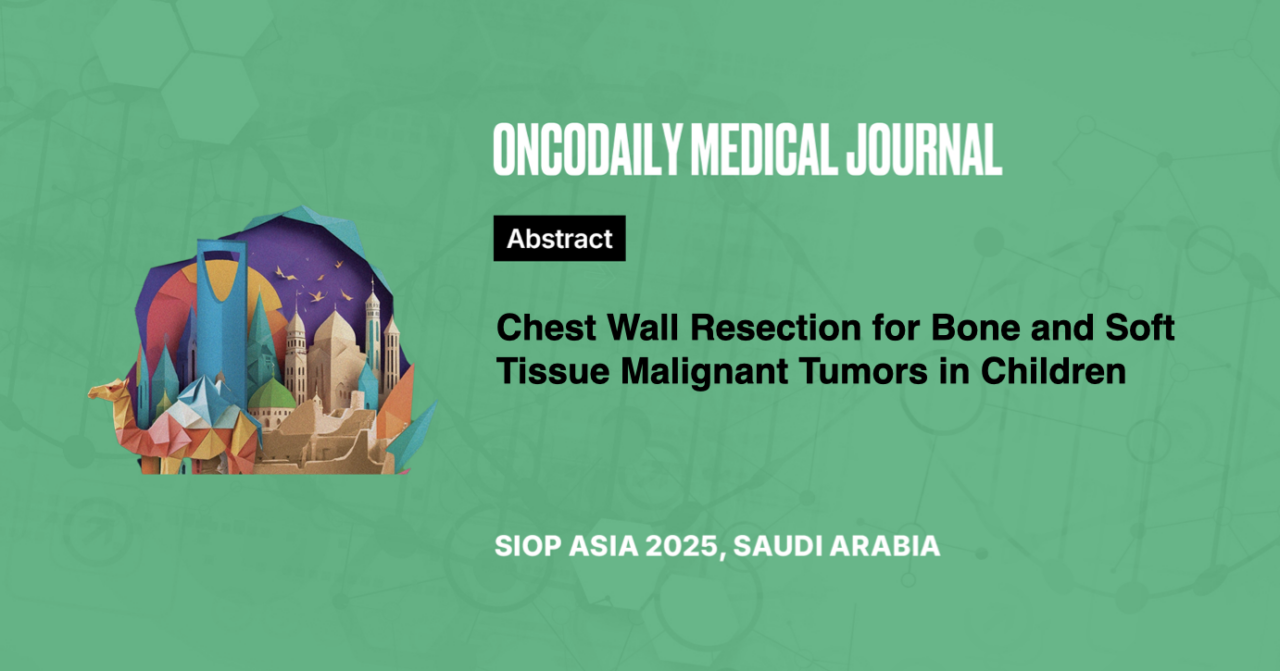Abstract
Introduction: Neoplasms of the chest wall are rare malignant tumors in children. Most of them are represented by sarcomas, bone, and soft tissue. Their complex treatment is carried out after diagnosis, according to a previously performed biopsy. Therapy depends on the protocol of the diagnosed disease. Resection of the chest wall with its reconstruction is one of the stages of full-fledged therapy.
Results: In 2012, 48 children with malignant tumors of the chest wall were operated on. Ewing’s sarcoma was diagnosed in 30 cases (63.8%), osteosarcoma in 6 (12.8%), and various types of soft tissue sarcomas (alveolar rhabdomyosarcoma, synovial sarcoma, etc.) in 12 (23.4%). The resection included two stages: complete excision of the neoplasm of the chest wall with a biopsy tract with surrounding healthy tissues and resection of the involved organs (lungs, diaphragm, etc.).
The second stage is a reconstruction of the postoperative defect. Reconstructions by plastic with local tissues were performed. In case of large defects polymer or titanium meshes or bioprostheses were used. The choice of material depended on its properties. For the plastic of the chest wall, a mesh material was used, which sprouts connective tissues and helps maintain stiffness.
Bioprostheses (that do not have adhesion) to plastic in the diaphragm were used. In the postoperative period, there were 4 complications that repeated surgery required (bleeding, local inflammation), and 1 patient died of respiratory failure. Overall and relapse-free survival were estimated according to the Kaplan-Meier method. Direct dependence on the main diagnosis and the tumor pathomorphosis after chemotherapy was noted. Fewer relapses in the group of patients with soft tissue sarcomas were observed.
Conclusion: The groups with osteosarcoma and Ewing’s sarcoma showed the worst prognostic values. Most of the relapses were systemic with lung metastases, there were no local relapses. The maximum observation period is more than 11.5 years.





